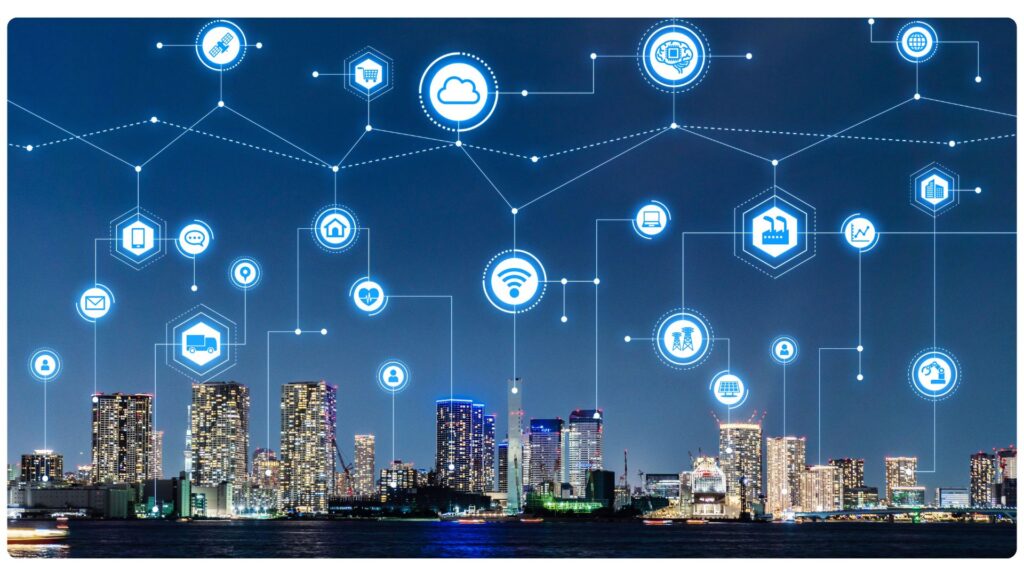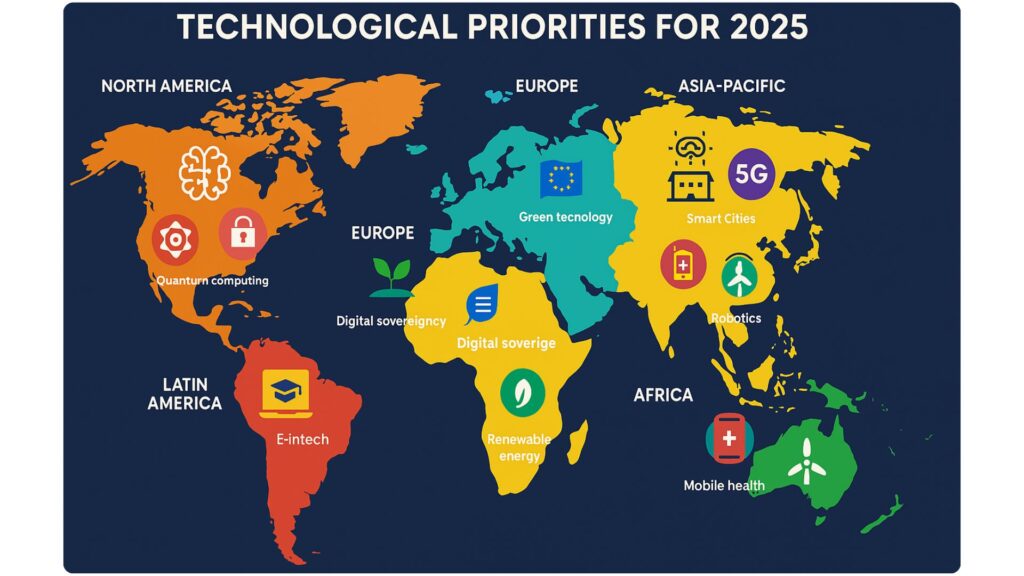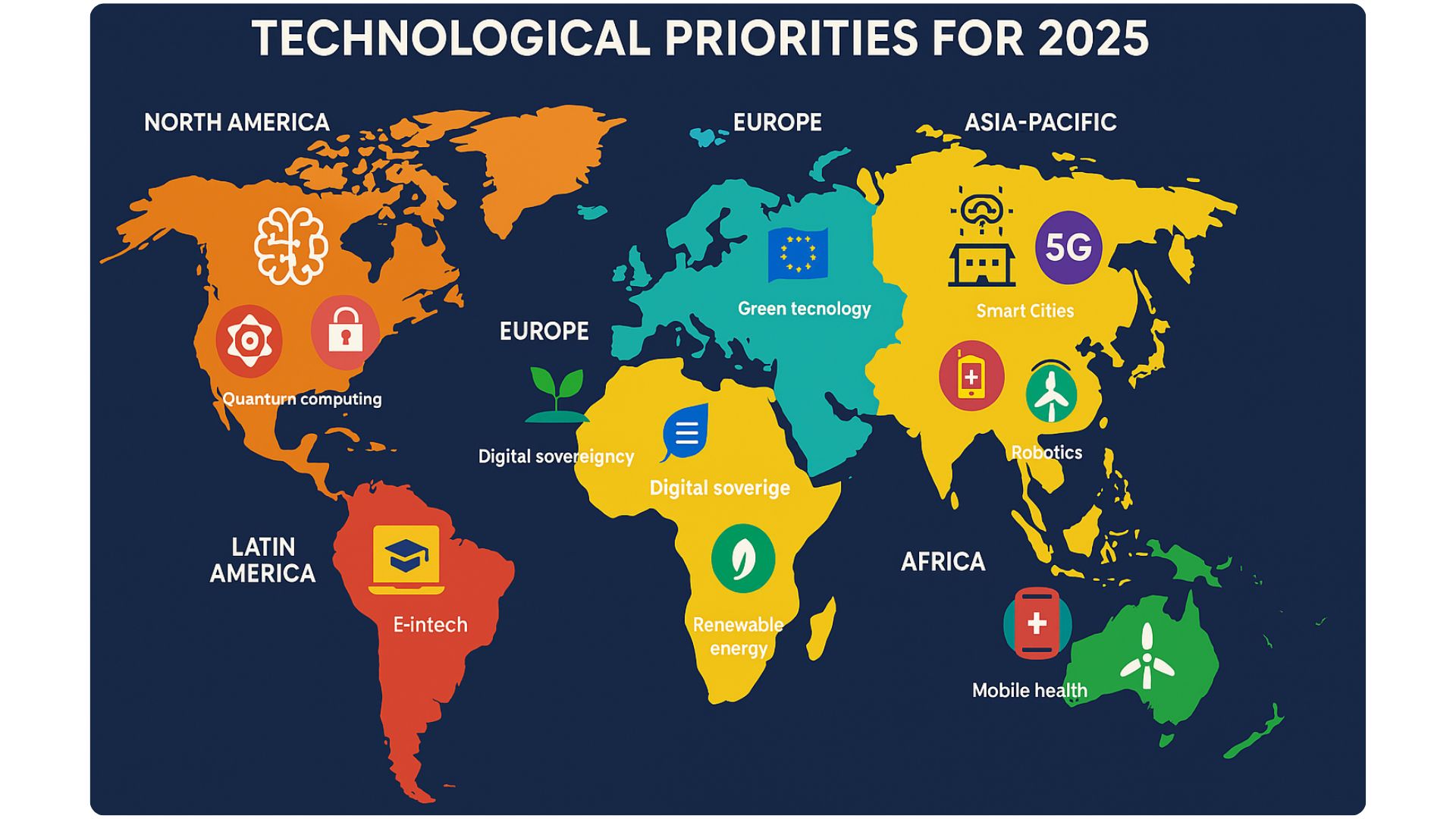As we approach the midpoint of the decade, the technological landscape continues to evolve at an unprecedented pace. In 2025, innovation is not just about advancement but about transformation. Disruptive technology trends are reshaping industries, redefining consumer behavior, and challenging the norms of business, communication, and daily life. From artificial intelligence to decentralized systems, the future of technology is increasingly global, interconnected, and ethically complex.

Artificial Intelligence 2.0: Smarter, Faster, More Human
AI-Powered Personalization
Artificial intelligence (AI) has moved beyond automation and data processing to become an engine of deep personalization. In 2025, AI-driven algorithms tailor everything from online experiences to healthcare recommendations, education, and even city planning. These AI systems leverage vast data sets to adapt to individual needs in real-time.
Generative AI and Creativity
Tools like generative AI are now enabling machines to write, design, and create visual and audio content. This trend is impacting industries like advertising, entertainment, journalism, and education, pushing forward the conversation on intellectual property and human creativity.
Ethical AI and Regulation
As AI systems become more powerful, global discussions on AI ethics and regulation are intensifying. Countries are developing new frameworks to address bias, privacy, and transparency in machine learning models. These efforts aim to build trust and ensure responsible use of emerging technologies.
Quantum Computing: From Theory to Reality
Quantum computing is no longer confined to the lab. In 2025, real-world applications are beginning to emerge, offering the potential to solve problems far beyond the reach of classical computers. From pharmaceutical development to financial modeling, quantum computing is redefining what is computationally possible.
Industries Poised for Disruption
- Healthcare: Drug discovery and genetic research.
- Finance: Portfolio optimization and fraud detection.
- Energy: Materials science and clean energy innovation.
Global Investment in Quantum Innovation
Governments and tech giants are investing heavily in quantum infrastructure, leading to a global race for supremacy in quantum research. Countries like the US, China, and members of the European Union are establishing national quantum strategies.
The Metaverse and Spatial Computing
The concept of the metaverse—immersive, persistent digital environments—is becoming more tangible in 2025. Powered by spatial computing, augmented reality (AR), and virtual reality (VR), the metaverse is set to transform how we work, learn, socialize, and shop.
Mixed Reality in Daily Life
Technologies like AR glasses and VR headsets are seeing wider adoption across sectors. Retail brands are using AR for virtual try-ons, educators are creating 3D learning spaces, and remote teams are collaborating in fully virtual environments.
Web3 Integration
The integration of blockchain and Web3 principles ensures that users have greater control over their data and identities within the metaverse. Decentralized ownership models are reshaping digital economics and empowering creators.
Sustainable Tech and Green Innovation
Clean Energy Tech
2025 sees exponential growth in clean energy innovations, including solid-state batteries, hydrogen fuel cells, and solar panel efficiency. These technologies are being driven by global efforts to reduce carbon emissions and transition to renewable energy.
Circular Economy and Tech Waste Reduction
Technology companies are under pressure to reduce electronic waste and design products with sustainability in mind. From modular smartphones to recyclable components, sustainable tech design is becoming a competitive advantage.
ESG-Driven Investment
Environmental, Social, and Governance (ESG) criteria are influencing tech funding. Startups with strong sustainability strategies are gaining favor among investors, reshaping priorities in the global innovation ecosystem.
Cybersecurity in the Age of Hyperconnectivity
With the rise of smart cities, IoT devices, and digital identity systems, cybersecurity is more crucial than ever. In 2025, cyber threats are more sophisticated, requiring advanced defense mechanisms and global cooperation.
AI in Cyber Defense
AI-powered threat detection systems are becoming essential tools in identifying vulnerabilities and stopping attacks in real-time. Machine learning models are trained to spot irregular behavior and predict threats before they occur.
Global Cyber Regulation
Nations are collaborating on cybersecurity frameworks to standardize defense protocols and share intelligence. This cooperation is especially important in protecting critical infrastructure like energy grids and communication networks.
Global Comparison Table: Tech Priorities by Region

| Region | Key Focus Areas | Notable Trends |
|---|---|---|
| North America | AI, Quantum Computing, Cybersecurity | Strong private sector investment |
| Europe | Green Tech, Digital Sovereignty | Strict regulation, focus on sustainability |
| Asia-Pacific | Smart Cities, 5G, Robotics | Government-led innovation and infrastructure |
| Latin America | Fintech, E-Learning | Mobile-first adoption, startup growth |
| Africa | Mobile Health, Renewable Energy | Leapfrogging with scalable tech solutions |
Final Thoughts: Navigating a Tech-Driven Future
As Greek philosopher Heraclitus once said, “The only constant in life is change.” This timeless observation is especially relevant to the world of technology in 2025. While disruptive trends bring challenges and uncertainties, they also open new doors for global progress and human potential.
To stay ahead, individuals and businesses must not only adopt new technologies but also understand their ethical, cultural, and societal impacts. The future will belong to those who can combine innovation with responsibility, agility with foresight, and data with humanity.

